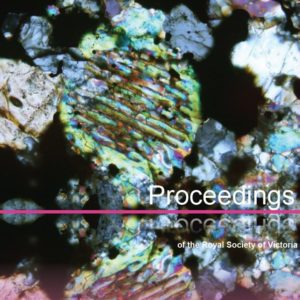It’s not uncommon to have “four seasons in one day” in Melbourne. Our variable weather patterns are driven by conditions moving from west to east and, to some extent, from the Southern Ocean to Australia. These variables control cloud formation and, just like following a cake recipe, change in flavour and form depending on the ingredients you put in.
September is considered the start of spring by most Australians, but Tim Entwisle thinks we have it all wrong. In the south at least, we should be celebrating an ‘early spring’ in August and September—when the wattles are blooming en masse—and a ‘late spring’ in October and November. Yet most don’t acknowledge that things are different in the great southern land.
A significant, urgent and sustained reduction in emissions is required to reach greenhouse gas neutrality by 2050. A target of 50% reduction relative to 2005 levels by 2030 for Australia would be consistent with the required rate of emissions reductions to meet the Paris Agreement targets of limiting global warming to less than 2°C above pre-industrial levels.
Volume 133 No. 2 (December 2021) of the Proceedings is now available online, open access through CSIRO Publishing. The latest volume features: A Late Oligocene brachiopod fauna from the rocky shore deposit at Cosy Dell farm, Southland, New Zealand; Pioneering of numerical weather prediction in Australia by Dick Jenssen and Uwe Radok using CSIRAC; and critical analysis of the wind climate data of the Melbourne metropolitan area.
Senior Climatologist Dr Lynette Bettio explains that soon we will no longer be considering how we get through a single intense year, such as 2019, but how we can make it through a stretch of years with no respite. The climate has been set on a warming path – the long-lived greenhouse gasses that are in the atmosphere and the extra energy soaked up by oceans have secured the warming trend continuing for the next few decades. So the Bureau of Meteorology and CSIRO are investing a lot of effort to solve these problems, knowing the sooner we take action, the sooner we will see a divergence from the alarming projections in current climate models and simulations.








